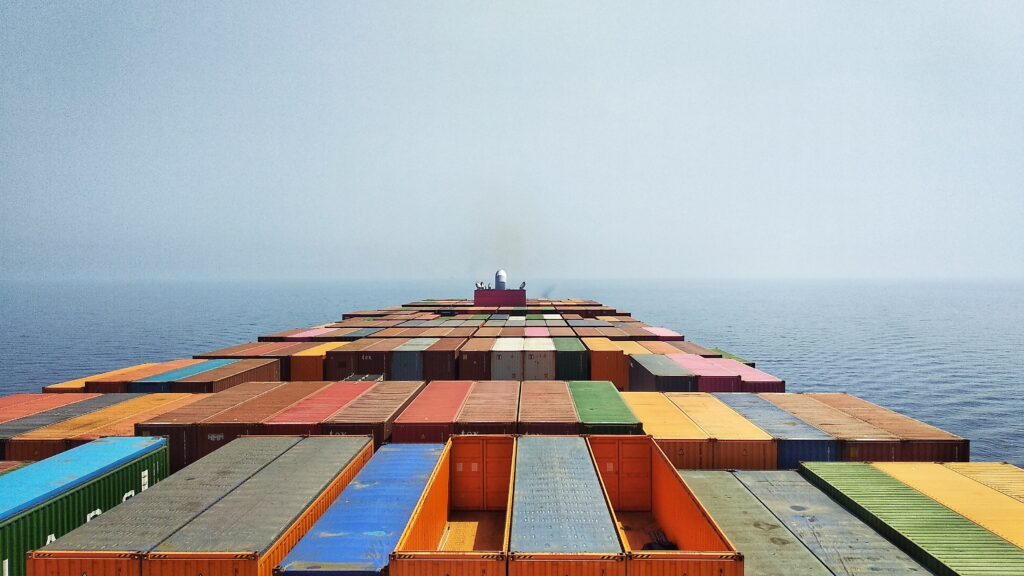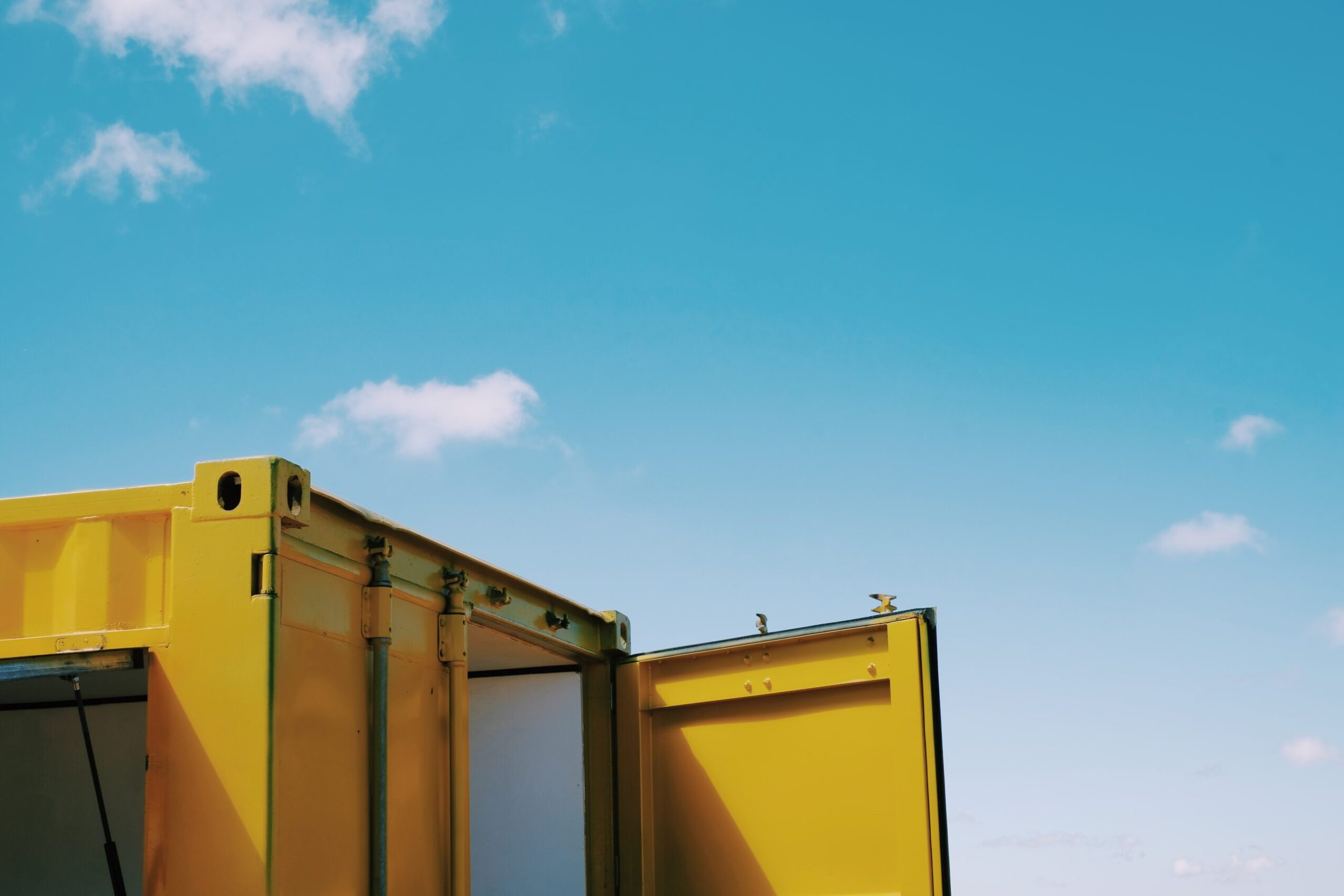Shipping containers come in a variety of sizes and choosing the right size that is able to protect your cargo throughout its journey ensures that your goods arrive safely at their destination. But which container is right for your needs? In this guide, we’ll explore the different types of shipping containers, their functions, and how to choose the right one for your cargo. Let’s take a look at the different types of containers and their functions.
The Importance of Shipping Container Standardization
The shipping of goods has evolved through the years whether it’s by sea, truck, or rail. The standardizing of the exterior dimensions, size, and capacity of containers by the International Organization for Standardization (ISO) has allowed for the seamless movement of cargo. Regulations have helped to make sure that all containers meet size, strength, and durability requirements and guarantee that the container can withstand extreme environments during transport and that the structural integrity is intact when being lifted by cranes or other heavy equipment.
ISO Standard vs High Cube Containers
ISO Standard Containers
Being the most commonly used containers throughout the world, they were set by the International Organization for Standardization from the ISO 688 standard and are 8’6” or 2.59 meters tall and 20’ or 40’ long. They are versatile and suitable for a wide range of cargo.
High Cube Containers
Also known as HC, they are similar in structure to standard containers and have the same length and width, but are higher by 1’ to allow for the accommodation of more cargo, making them ideal for bulky or tall items. They are 9’6” or approximately 2.90 meters high and come in 40’ HC or 45’ HC.
What does Twenty-foot Equivalent Units (TEU) mean?
Containers dimensions are used to determine the container’s capacity and this is expressed in Twenty-foot Equivalent Units or TEUs.
Standard shipping containers are 20’ long (approximately 6.06 meters) and 8’ wide (2.438 meters) and give the shipper a 33.2-meter cube of cargo-carrying space. There is also a 40’ (12.19 meters) long standard container size that provides a cubic capacity of 37.7 meters.

What are the Different Types of Containers?
Flat Racks and Platforms – These containers come in 20’ and 40’ and have no sides but may have end bulkheads. They are mainly used for the transport of oversized and oddly-shaped shipments or heavy machinery.
Open Top Containers – These come in 20’ and 40’ and have no hard top. Goods are loaded and unloaded from the top and are designed to carry heavy, tall, or hard-to-load materials such as coal or grain.
Reefer or Refrigeration Containers – These come in 20’ and 40’ and the built-in refrigeration units ensure that the temperature inside is controlled at all times. They are used to ship perishables and goods that require temperature-controlled environments.
Standard Dry Freight Containers – These are completely enclosed containers and are the most common type with a variety of sizes running from 20’ to 40’ long.
Insulated and Thermal Containers – These 20’ and 40’ containers are used when the inside temperature needs to be the same regardless of the temperature outside. The often double-walled and insulated container is suitable for transporting temperature-sensitive goods.
Each shipping container type is designed for the specific needs of the goods inside. Hence, it’s important to understand the difference between each type and utilize the one that will provide the safest environment for your precious cargo. Have questions about transportation and containers? Our team is always on hand to help.
Being a leading provider in container trucking and bonded sufferance warehousing in BC, we have authorized access to all major ports and rails in Metro Vancouver, 250 trailers, and equipment to fully support all our customers. Our one-stop-shop services mean that you can have all your transportation needs met in one place instead of communicating with multiple providers.
Our LTL (less than truckload) and FTL (full truckload) services are also able to transport your freight from port to major destinations across Canada including Alberta, Ontario, and Quebec. Contact us at (604)-276-9044 or info@sandhartrucking.com to learn about how we can help you grow your business this year.

